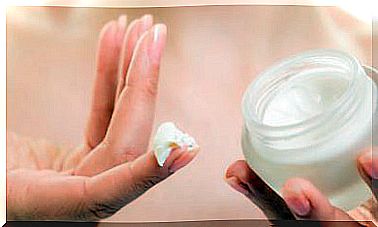Presbyopia Or Tired Eyesight
Presbyopia is a vision defect commonly referred to as eyestrain. Surely you have ever noticed that most people over 50 years of age begin to move away from books, mobile or anything else because they are not able to see it well from close up.
It is a process that affects around 85% of people over 45 years of age. It consists of the fact that the crystalline lens, which is the transparent lens of the eye, loses elasticity and close vision is noticeably difficult.
Unfortunately, presbyopia cannot be prevented. However, it can be treated and improved. Therefore, in this article we explain everything you need to know about presbyopia to make it easier for you to identify the symptoms.
What is presbyopia?
The lens is a transparent part of our eye that acts like a natural lens. Its function is to focus light rays on the retina, so that the vision process occurs correctly.
Over the years, the lens becomes increasingly opaque and less elastic. This loss of elasticity is what determines presbyopia. It is actually a normal and physiological process that accompanies aging. Therefore, presbyopia cannot be classified as a disease.
What happens is that the ability to see nearby things clearly is lost. That is, near vision deteriorates. Symptoms begin to appear from the age of 40 or 45.
What symptoms does presbyopia produce?
The main and most obvious symptom is that it becomes difficult to focus on objects at close range. For example, it is very easy to check it when it comes to reading a book or watching something on the mobile screen. People with presbyopia begin to move these objects away in order to see clearly.
Another of the most frequent symptoms is headache, which appears especially when reading. In the same way, the eyes suffer and fatigue. Many people experience itching, dry eyes, redness, and tearing.
In addition, symptoms are often worse at night and in situations where the light is dimmer or there is more darkness. In fact, as age increases, the defect becomes more and more intensified and the symptoms worsen.
Is there a way to prevent or treat presbyopia?
The truth is that, as it is a natural process, it cannot be prevented. There are some ways to delay its appearance, although they have not been shown to be really useful. The idea is to maintain proper visual hygiene.
To do this, first of all, it is important to rest your eyes from time to time. Especially when constantly working on the computer. It is advisable to take breaks of half an hour to relax your eyes.
Similarly, it is recommended to spend some time outdoors with natural light. In addition, when going for a walk or sunbathing, you must protect your eyes with sunglasses. They are basic measures to take care of the sight in general.

Treatment
The treatment of presbyopia is based on the use of glasses, contact lenses or surgery. First of all, the glasses can be reading, bifocal or progressive. The reading ones have always been the most used, but they are less and less recommended, because they only serve for something specific.
Bifocal glasses are currently almost out of use. However, progressive glasses allow vision to be focused at all distances, both far and near. The upper part of the lens corrects far vision, while the lower part improves near vision. The change between zones is progressive.
Although it is a slightly more complex option, there are currently numerous surgical techniques that can significantly improve presbyopia. The best thing is to go to an ophthalmologist and have him help you decide the best treatment for you, based on your symptoms, your age and your general conditions.
In conclusion
Presbyopia, also called eyestrain, is a normal process that accompanies aging. It consists in that the lens becomes less elastic over time, and near vision becomes difficult. It cannot be prevented, but there are currently many ways to improve these vision defects.









